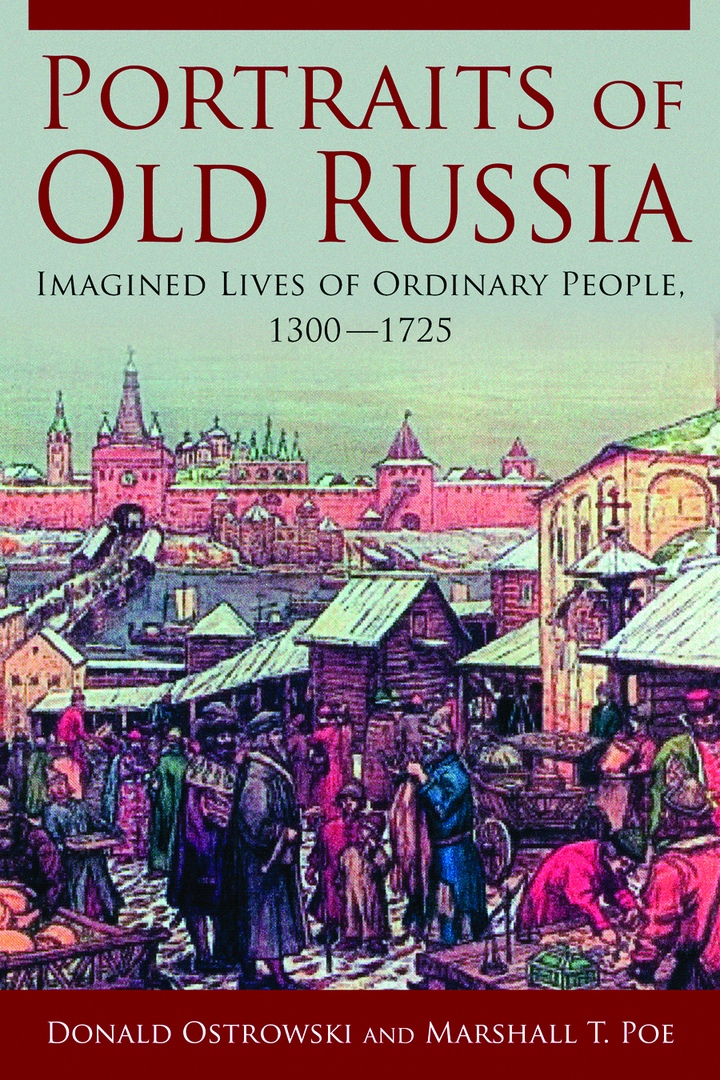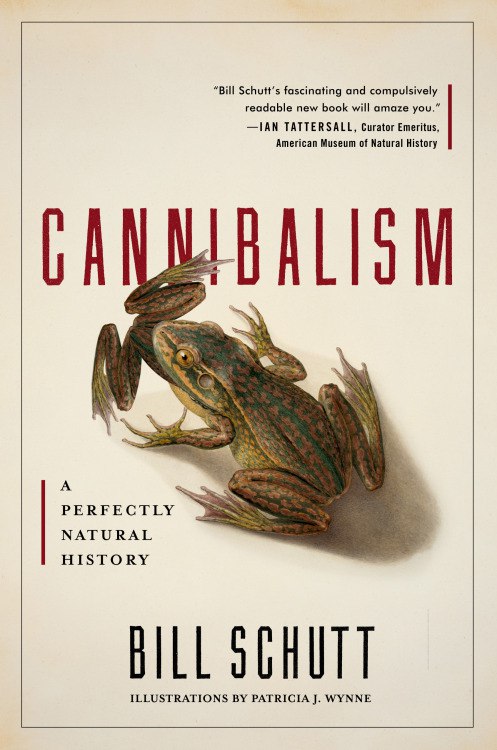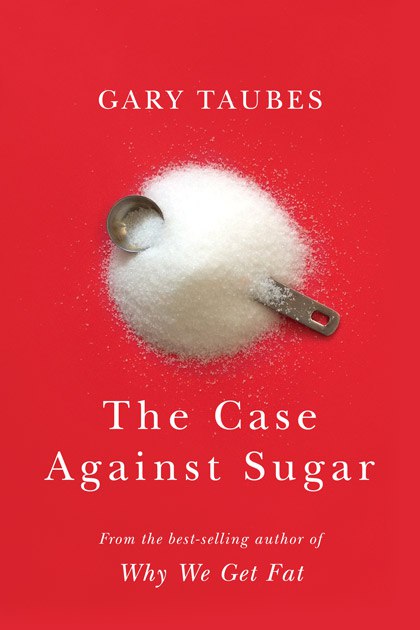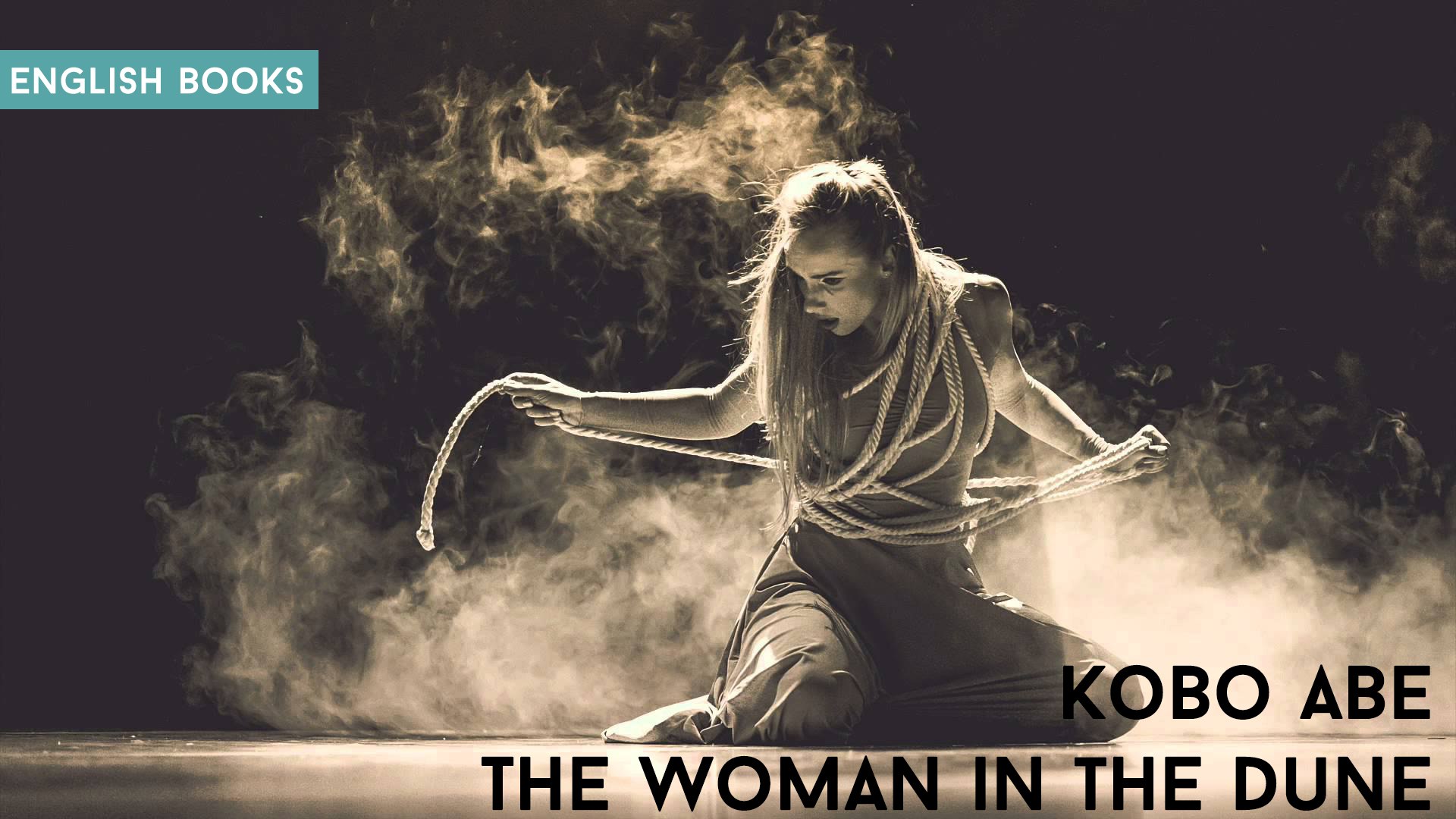Portraits of Medieval Eastern Europe, 900–1400
1) Portraits of Medieval Eastern Europe, 900–1400 – Donald Ostrowski, Christian Raffensperger
Routledge | 2018 | PDF
Portraits of Medieval Eastern Europe provides imagined biographies of twenty different figures from all walks of life living in Eastern Europe from 900 to 1400. Moving beyond the usual boundaries of speculative history, the book presents innovative and creative interpretations of the people, places, and events of medieval Eastern Europe and provides an insight into medieval life from Scandinavia to Byzantium.
Each chapter explores a different figure and together they present snapshots of life across a wide range of different social backgrounds. Among the figures are both imagined and historical characters, including the Byzantine Princess Anna Porphyrogenita, a Jewish traveller, a slave, the Mongol general Sübodei, a woman from Novgorod, and a Rus’ pilgrim. A range of different narrative styles are also used throughout the book, from omniscient third-person narrators to diary entries, letters, and travel accounts.
By using primary sources to construct the lives of, and give a voice to, the types of people who existed within medieval European history, Portraits of Medieval Eastern Europe provides a highly accessible introduction to the period. Accompanied by a new and interactive companion website, it is the perfect teaching aid to support and excite students of medieval Eastern Europe.
2) Portraits of Old Russia: Imagined Lives of Ordinary People, 1300–1725 – Donald Ostrowski, Marshall T. Poe
Routledge | 2015 | PDF
This book introduces readers to a little-known place and time in world history – early modern Russia, from its beginnings as Muscovy, in the fourteenth century, through the reign of Peter I (1689-1725) – by portraying the lives of representative individuals from the major levels of the society of that era. The portraits, written by professional historians, are imaginative reconstructions or composites of individual lives, rather than biographies. The portraits are arranged into socio-political categories, and include members of ruling families, government servitors, clerks, military personnel, church prelates, monks, provincial landowners, townspeople and artisans, Siberian explorers and traders, free peasants, serfs, slaves and holy fools. Using these portraits, the book brings old Russian society to life in an interesting way.
 1 / 2
1 / 2 2 / 2
2 / 2



